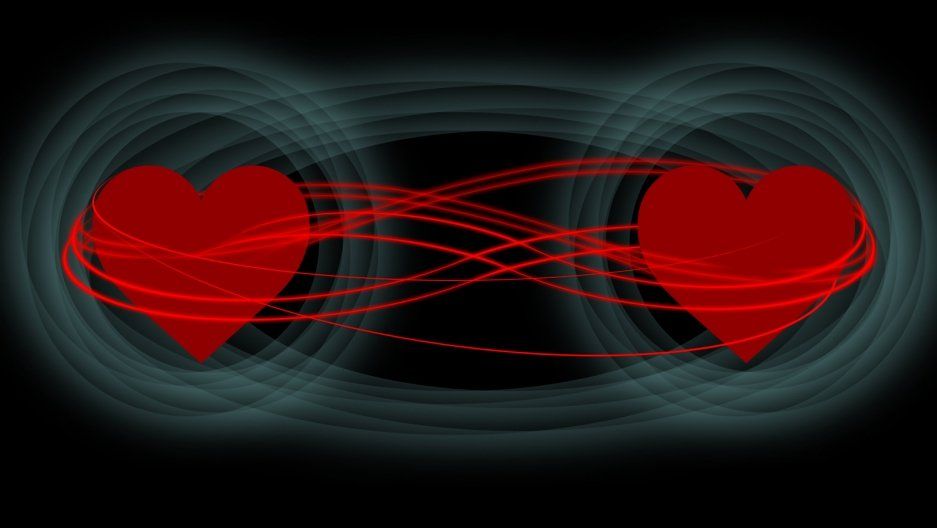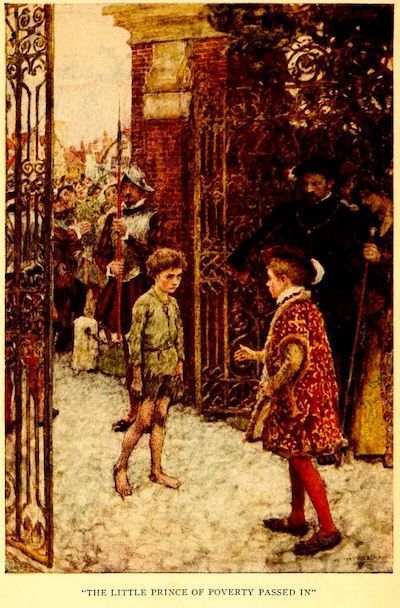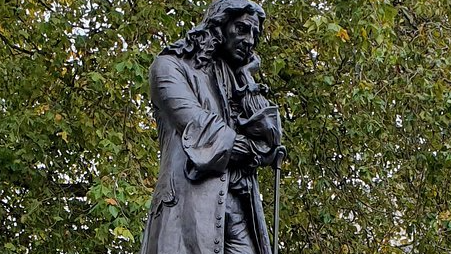Be Light in the Darkness
FACING THE ISSUES: DIGGING DEEPER #2
Be the light. Reflections for Holocaust Memorial Day 2021
Holocaust Memorial Day is held each year on 27th January. This was the day in 1945 when units of the Russian army came upon the largest of the Nazi death camps in occupied Poland; at Auschwitz, a place which has come to be synonymous with the planned mass murder of European Jews.
The policy of genocide pursued by the Nazi government in Germany had seen the murder of an estimated six million Jewish men, women and children along with the systematic killing of hundreds of thousands of people with special needs, Romany’s, homosexuals, political opponents and Jehovah Witnesses.
The word ‘genocide’ was first coined in 1944 by combining the Greek word for people or race (geno) with the Latin word meaning ‘to kill’. It was accepted as the definition for the systematic and planned destruction of an entire group of people by the United Nations in 1948.
The term was applied retrospectively to what happened to the Armenian people during and after the First World War in Turkey and in more recent years in regard of events in Rwanda in 1994 when in just 100 days over 800,000 minority Tutsi people were killed by the Hutu’s. Just this week there have been discussions whether it should be applied to the Uighur Muslim community in China.
The word ‘holocaust’ is used these days to recall this mass murder of the Jewish peoples of Europe. It is a Greek word meaning ‘sacrifice by fire’. Jewish people, however, tend to refer to these events as the ‘Shoah’ which is the Hebrew word for ‘catastrophe.’
The concept of a ‘concentration camp’ was first so-called and developed by the British authorities during the South African Boer War of 1899 – 1901 when some 115,000 Boer women and children, and 20,000 African peoples, were ‘concentrated’ in camps. Due to neglect, disease and little compassion some 48,000 of Boer descent died of which 22,000 were children, and some 20,000 died of black African descent.
Anti-semitism was a phrase coined in France in the 1870’s and this distrust, dislike and even hatred of Jewish people has very deep roots in European history and culture, not least in the profession of the Christian faith. That may shock you.
The writers of the New Testament were Jews themselves, in Paul’s case a Pharisee. As the ‘Christians’ began to separate more and more from the practices of Judaism, over such things as circumcision and strict dietary laws, splits emerged which later became so bitter that persecution began, and martyrdoms, like St. Stephen. Paul, after all, was on the road to Damascus to seize the Christians living there. Christians gathered away from the temple and synagogue in ‘churches’. And the bitterness felt between the two was reflected in both the Gospels, the book of Acts and the Letters.
The first country to expel the Jews was England in 1290.Over time other European countries followed suit and as Christopher Columbus sailed from harbour for his expedition to find a new route to India in 1492 he had to navigate through a myriad of small craft carrying Spanish Jews into exile. The Nazis insisted that Jews identify themselves with yellow Stars of David sewn upon their clothes. This was not an innovation. Jews had first been expected to do this by the Lateran Council of Rome in 1215.
One of the worse massacres took place in York in 1190 and you might like to read more here: The Massacre of the Jews at Clifford's Tower | English Heritage (english-heritage.org.uk)
For a better understanding of the roots of anti-semitism in the New Testament you may like to read the following:
Matthew 23. Matthew 27.26, 1 Thessalonians 12.16, John 8.44, Revelation 2.9
Here we see the origins of the charge of deicide (the killing of the Son of God) made against the Jews as a people. The curse that John says they called down upon themselves is the basis of the so called ‘blood-libel’, further developed in the Middle Ages with the charge that Jews killed Christian children so their blood may be used in the preparation of matza bread for the seder at Passover. The charge of deicide was not revoked by the Roman Catholic Church until the Second Vatican Council in 1967.
In recent years there have been charges of anti Semitism and Islamophobia within our political parties, bound up with tensions in modern society and national and international politics. It is sobering that over half of British Jews recently surveyed said they do not wear openly symbols of their faith for fear of verbal or physical attack.
On 19th January, in the House of Lords, the Government defeated an amendment being debated that a ‘genocide’ clause be added to a potential trade bill with China in relation to its treatment of the Uighur peoples.
You may like to explore these issues further with these online resources:
Link to UK Holocaust Memorial Day Trust information and details: Holocaust Memorial Day Trust | Be the light in the darkness (hmd.org.uk)
To further explore Yad Vashem go to yadvashem.org
The Auschwitz Album The Auschwitz Album (yadvashem.org)
This is a series of photographs which charts the arrival of people off the trains to the time they wait to go, unbeknown, to the gas chambers. They are haunting images.
You might like to discuss Holocaust Memorial Day with older children. To help set the context the story of Anne Frank is particularly powerful. The Anne Frank Education Trust has excellent resources at annefrank.org.uk



